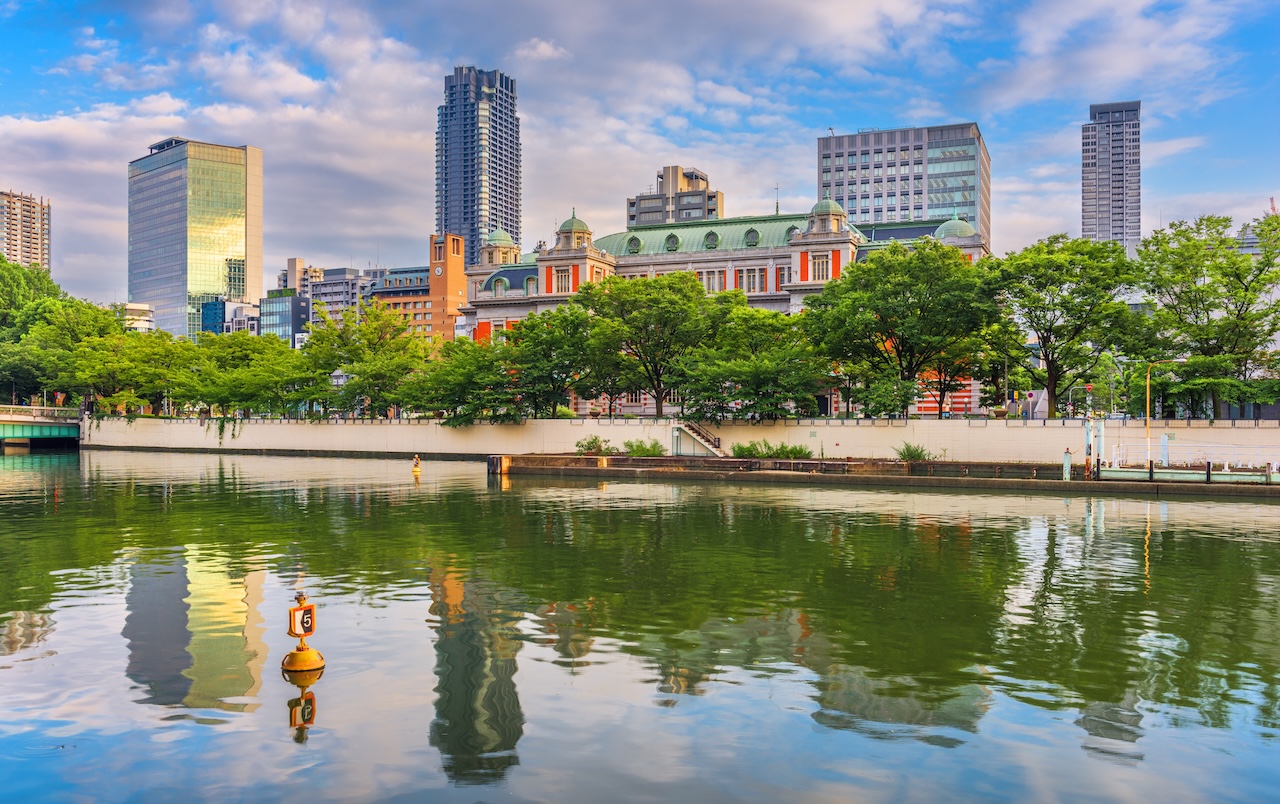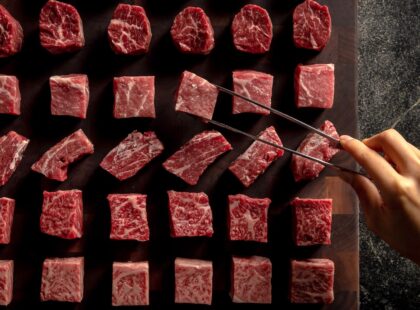Tucked between the soaring glass towers and bustling neon-lit avenues of Osaka’s dynamic city centre, the lesser-known precinct of Dojima and its island neighbour Nakanoshima offers an understated antidote to the city’s relentless pace.
Here, riverside promenades and leafy parks slow the city’s frantic rhythm, making space for unhurried discovery of art, culture and history. Yet this oasis of serenity is no backwater.
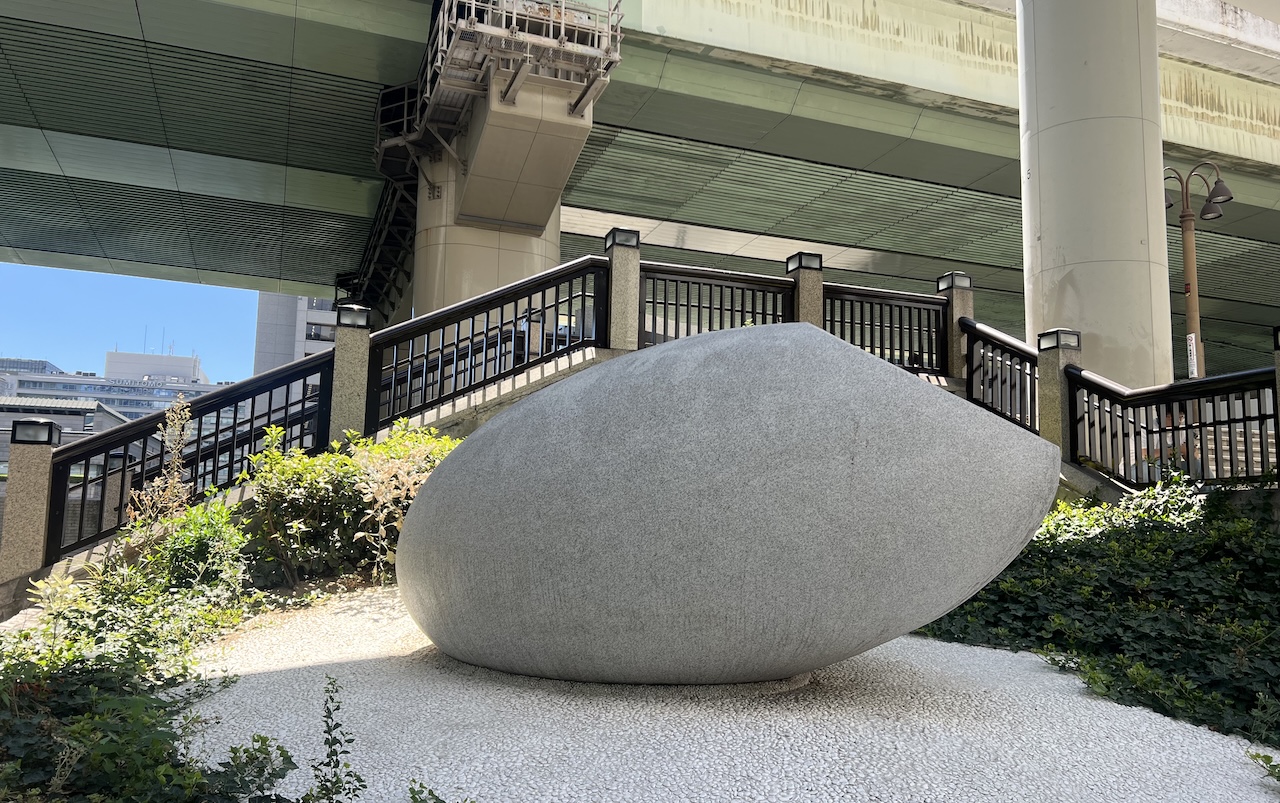
Those waterways connected the city to the ancient capital of Kyoto via the Yodo River, turning Osaka into a commercial hub of the country. In the 18th century, Dojima was home to Japan’s first rice exchange, a pioneering market that set the tone for modern futures and secured Osaka’s reputation as the nation’s kitchen.
Now, the currents bring a different flow. Visitors are drawn to the sliver of an island that is Nakanoshima, today the cultural heart of the metropolis. Here, neoclassical landmarks Osaka City Central Public Hall and museums like the National Museum of Art Osaka and The Museum of Oriental Ceramics Osaka line the riverbanks.
Stroll past galleries while admiring cherry blossom trees and rose gardens, linger at cafés overlooking the water and watch the changing colours of the sky at dusk. These are reminders that even in Japan’s third-largest city, tranquillity and culture can converge.
Art and culture by the water
Nakanoshima is often described as the cultural heart of Osaka, and for good reason. The Nakanoshima Museum of Art, a striking black cube that opened in 2022 is more than a photo-stop. Inside, its wide-ranging collection focuses on modern and contemporary art and design from Japan and around the world.
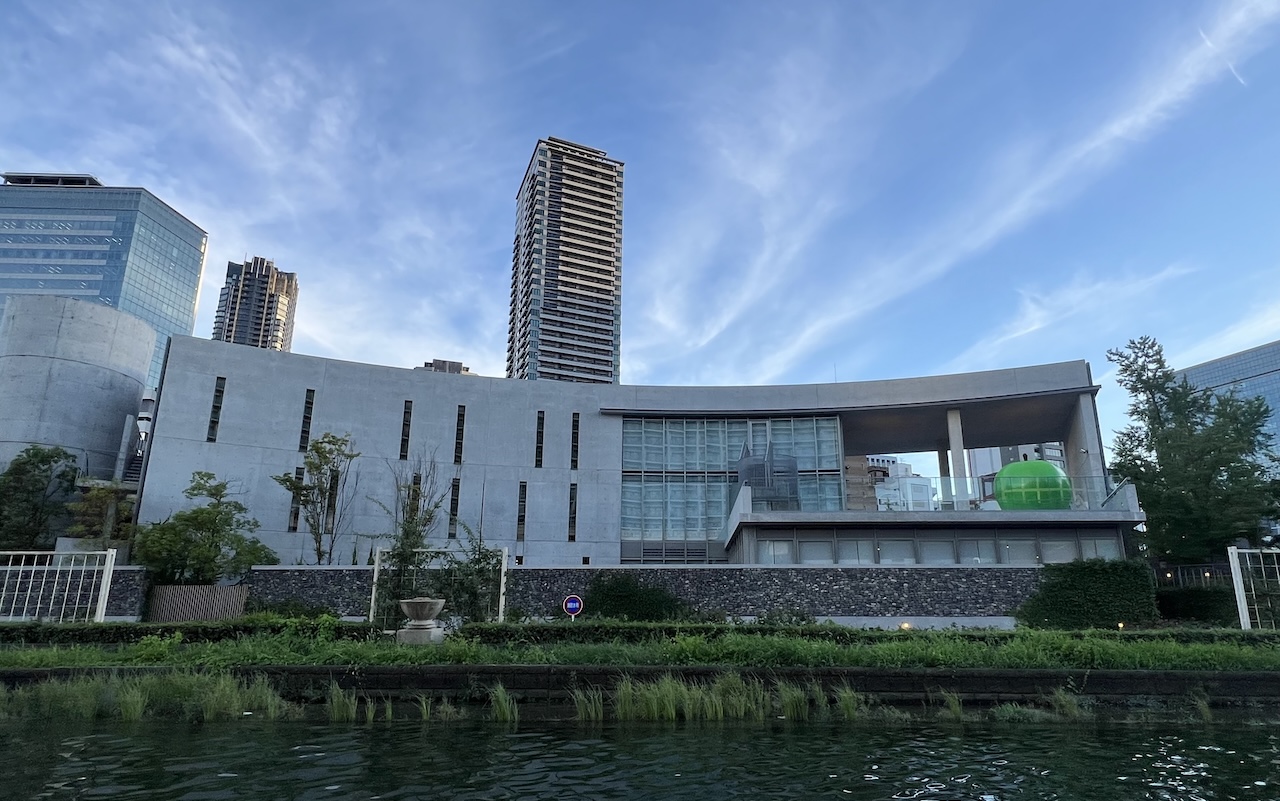
A short stroll away is the Nakanoshima Children’s Book Forest, a stunning library and community space designed by Osaka-born star architect Tadao Ando. This underrated gem, clad in Ando’s signature cast concrete, is playful and intimate with rows of wooden shelves brimming with picture books that children can browse freely, turning the act of reading into an adventure.
On the Dojima bank of the Nakanoshima Garden Bridge, another Ando creation marks the site of the city’s historic rice exchange. The Dojima Rice Exchange , a giant sculpture of a grain of rice, is a minimalist yet unavoidable reminder of the district’s role in shaping Japan’s modern economy.
Café stops for a breather
There is no better way to soak in the neighbourhood’s riverside rhythm than with a bout of café hopping at independent coffee spots that encourage guests to linger.
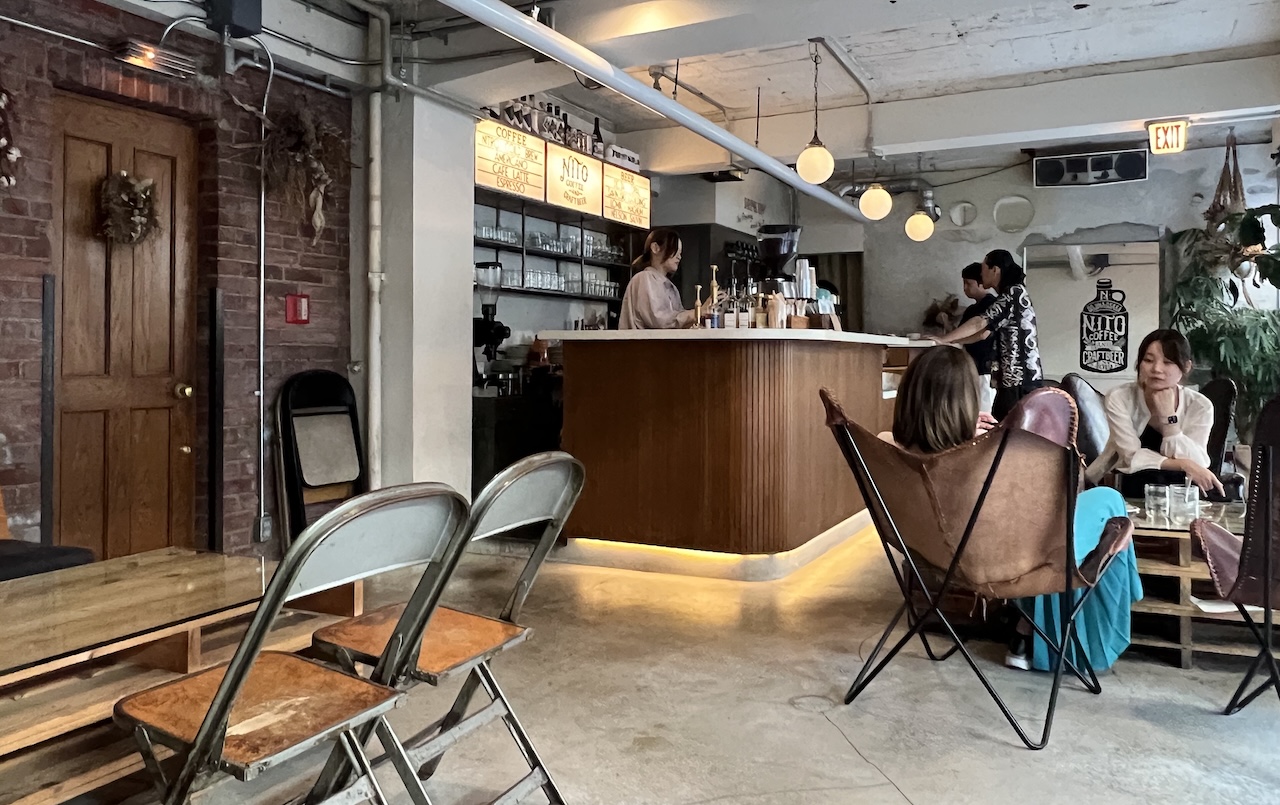
Embankment Coffee is a favourite for its light, flavourful brews and unbeatable view of the Dojima River. Nearby, Glitch Coffee brings Tokyo’s cult roaster energy to Osaka, with single origin beans that draw a steady stream of aficionados. Or for some urban energy, Nito Coffee & Craft Beer is an inviting space to kick back with your beverage of choice.
Luxury living with neighbourhood soul
To feel fully immersed in the rhythms of Dojima, stay at the Four Seasons Hotel Osaka, freshly opened in 2024. It effortlessly blends sleek city style with neighbourhood intimacy and touches of Japanese tradition. A stone’s throw north of the hotel lies the hypermodern Umeda district, Osaka’s transportation and business hub, while in the south, you can easily lose yourself in Dojima’s narrow alleyways, hidden cafés and local eateries.

The hotel’s standout Gensui floor – billed as a “hotel within a hotel” – offers a modern take on the ryokan experience. Tatami-lined suites, thoughtfully designed bathrooms with a Japanese bath setup and mattresses inspired by traditional futons create a serene, restorative environment. Guests on this floor enjoy an exclusive tea lounge where traditional breakfasts are served and can sample premium local spirits, from carefully curated sake to artisanal whiskeys for a literal taste of Japan.
Hidden food finds in Dojima by day
The compact neighbourhood truly comes alive at night, when office workers and locals spill into narrow alleyways in search of hidden izakayas and bars. By day, however, the streets quieten and locals slip into tucked-away eateries or traditional kissaten for a break from the city’s hustle. Wander a little to discover old-school noodle shops and family-run restaurants that have been serving generations, some with interiors largely unchanged since the Showa era.
For example. Nico Cafe’s menu is pared back to just three styles of Japanese curry while the faded wood panelling and vintage décor of Green Peace kissaten evokes a sense of nostalgia for a faded old world. For something heartier, the basement outlet of Tsurutontan Kitashinchi Kinshoro specialises in springy, freshly made udon, served with an extensive array of ingredients.
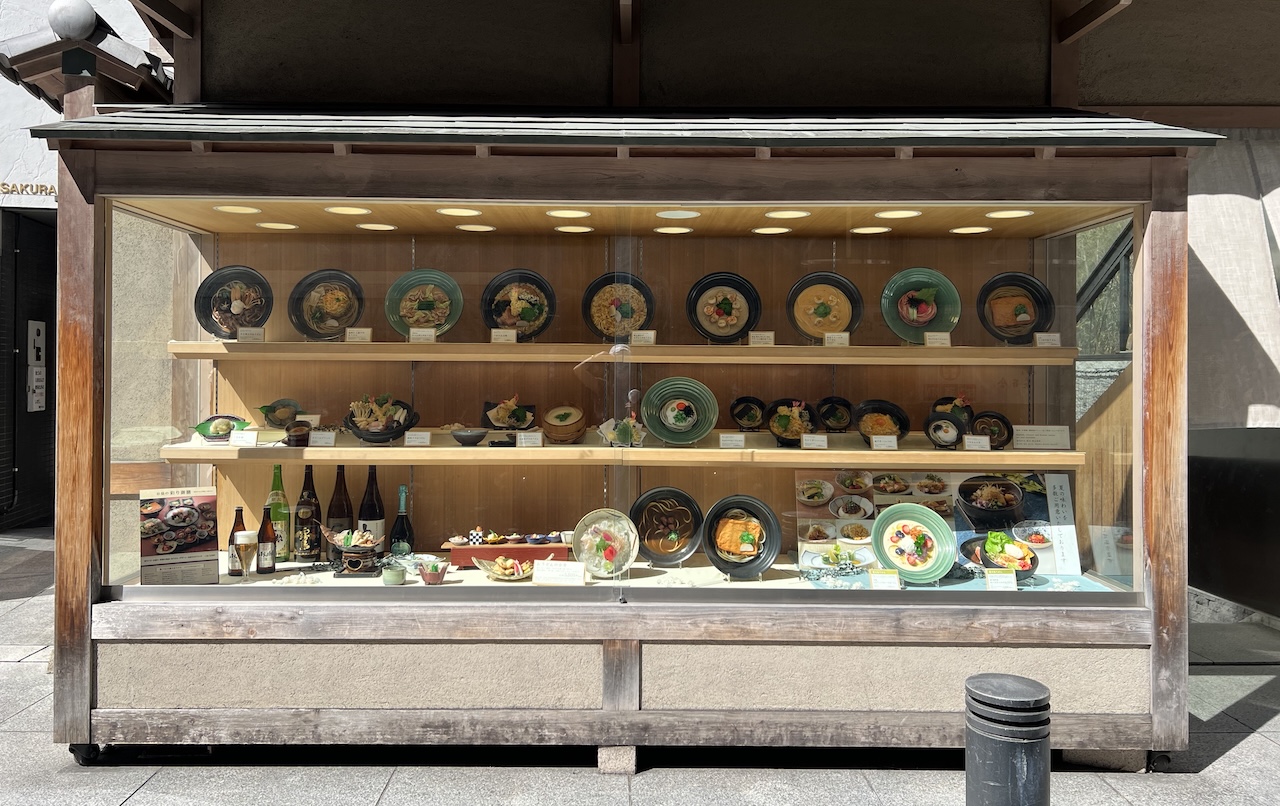
For a culinary treat, the elegant Sushi L’Abysse Osaka is a study in collaboration and contrast. The menu marries the modern French creativity of chef Yannick Alleno, who has 15 Michelin stars to his name, with the disciplined artistry of chef Itaru Yasuda, who has refined his sushi craft over nearly 30 years. The menu begins and ends with Alleno’s inventive starters and desserts, framing a multi-course Japanese omakase whose highlight is the exceptional traditional nigiri sushi, each piece a masterclass in texture and balance that features seasonal flavours.
Vintage finds in a quiet enclave
Umeda is Osaka’s shopping powerhouse, offering everything from luxury department stores to all the major Japanese high-street brands. But for something more distinctive – and to tap into the zeitgeist of secondhand shopping – it takes just ten minutes by train to get to Nakazaki-cho, a bohemian residential enclave known for its vintage boutiques.
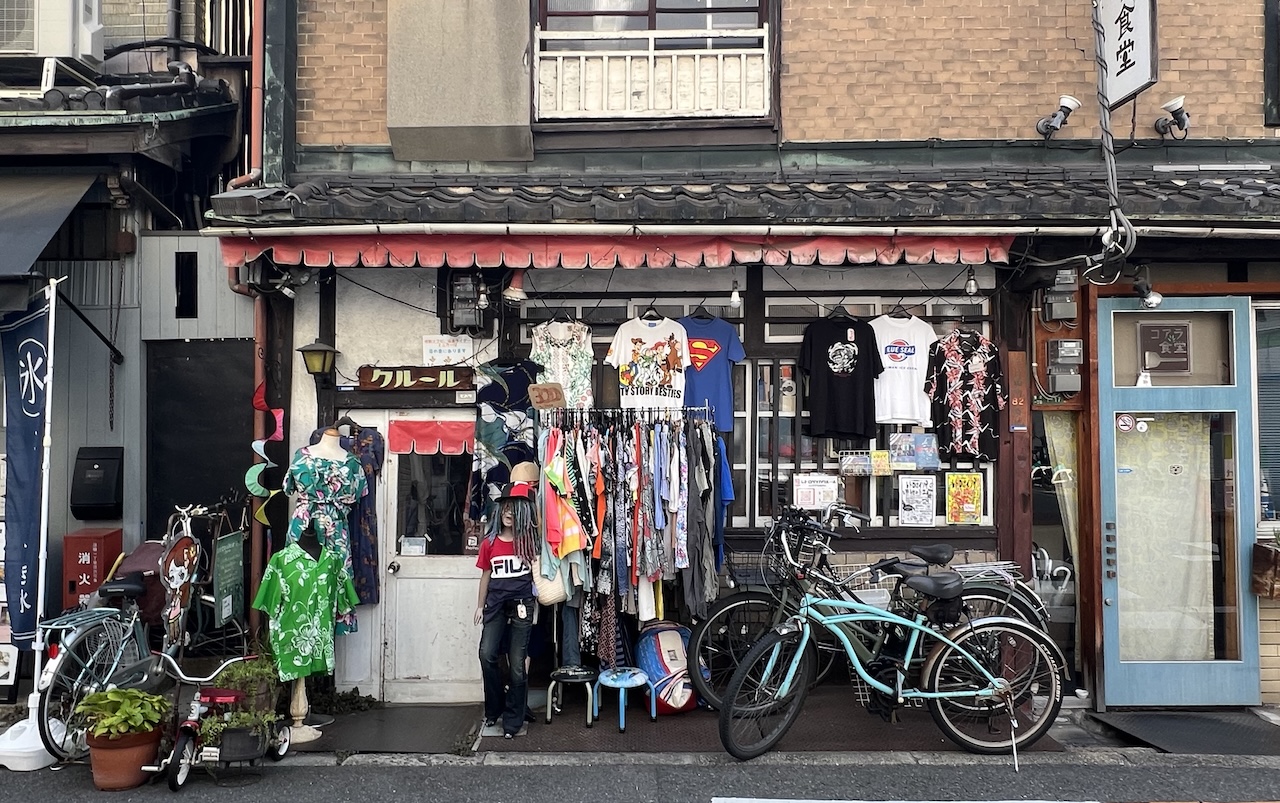
The small shops offer carefully curated second-hand clothing, retro homeware and one-of-a-kind antiques for treasure hunters. Some interesting stores include Tad Vintage, Cetten and Vivie.
Cruise through the waterways
After a day of wandering by foot, it is time to see Dojima from a different perspective. The neighbourhood’s riverside setting makes it ideal for a leisurely sunset cruise. The Aqua Liner offers regular scheduled rides through the area but for a more personalised experience, the Four Seasons Osaka can arrange a private trip on a converted fishing boat for a scenic cruise between Nakanoshima and Osaka Castle.

As the sun sets and bridges begin to glow, drifting along the river offers a serene, almost cinematic view of the city in a perfect finale to an exploration of Osaka’s gentler side.
For more information on Singapore Airlines’ flights to Osaka, visit singaporeair.com.

